A new role for a historic district
Urban regeneration framework for regeneration of Shajing district
- Category
- Urbanism
- Year
- 2016
- Location
- Shenzhen, Bao'an District CN
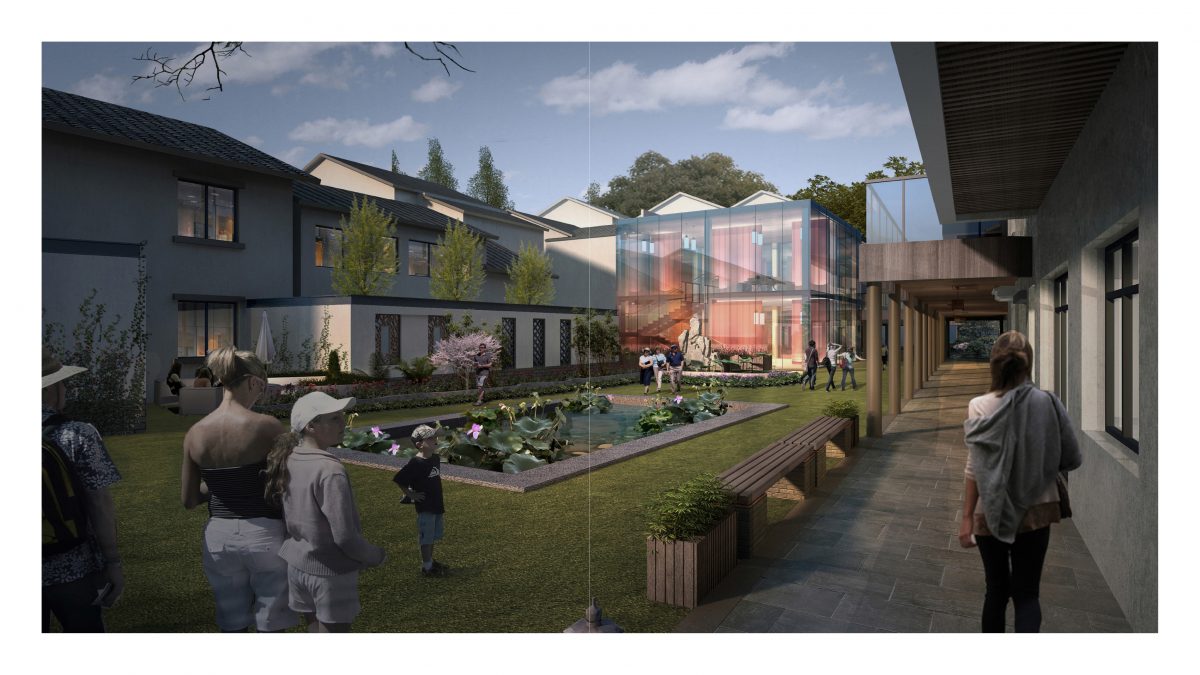
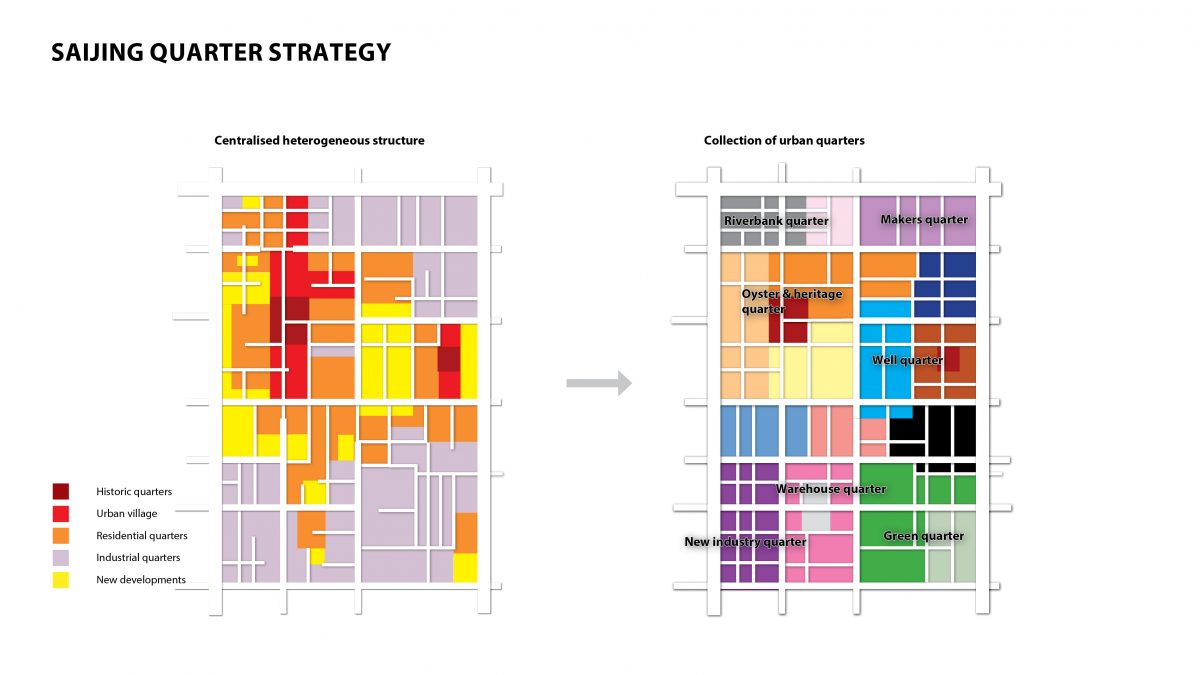
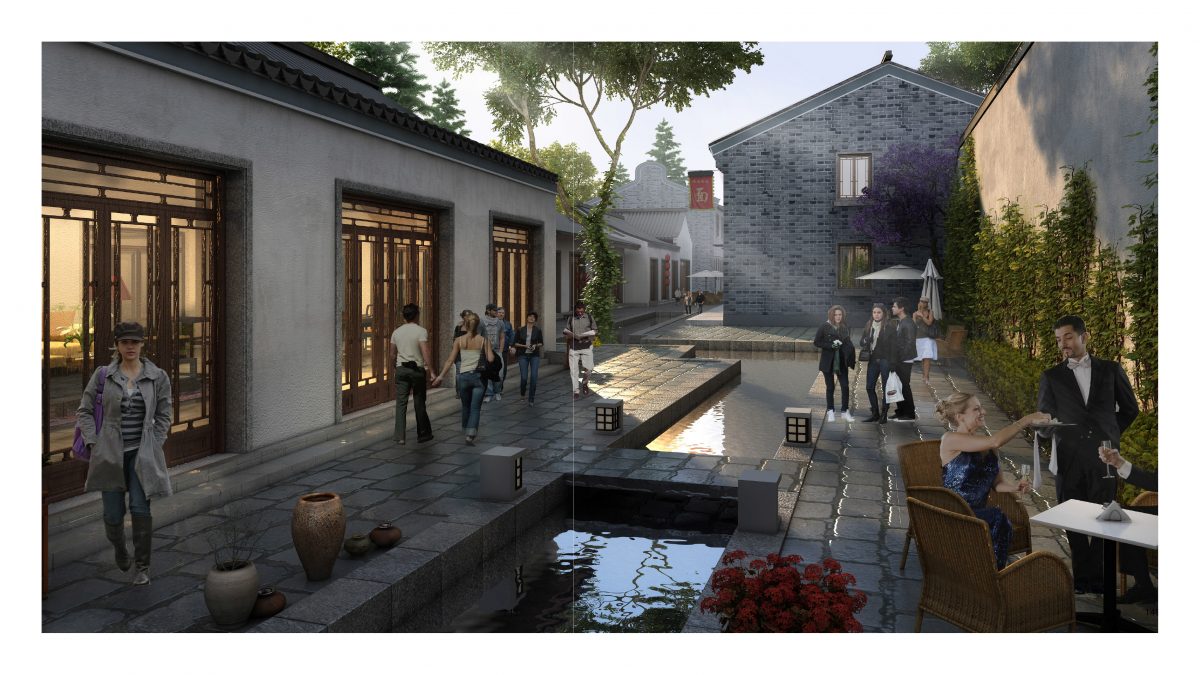
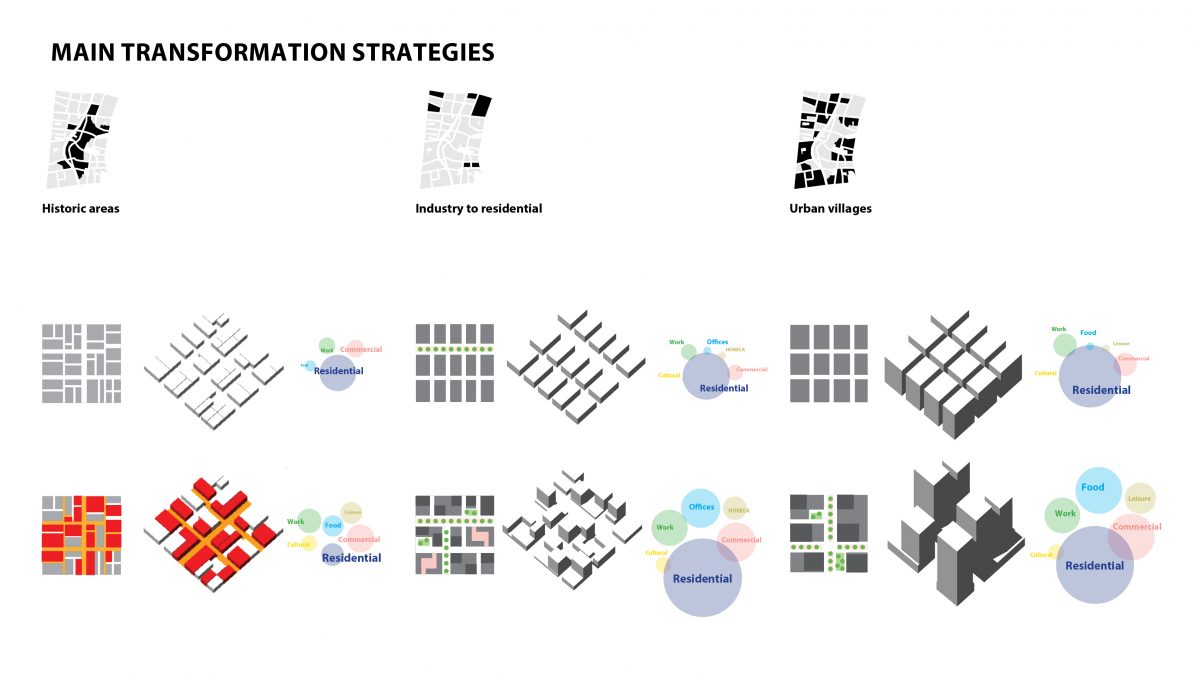
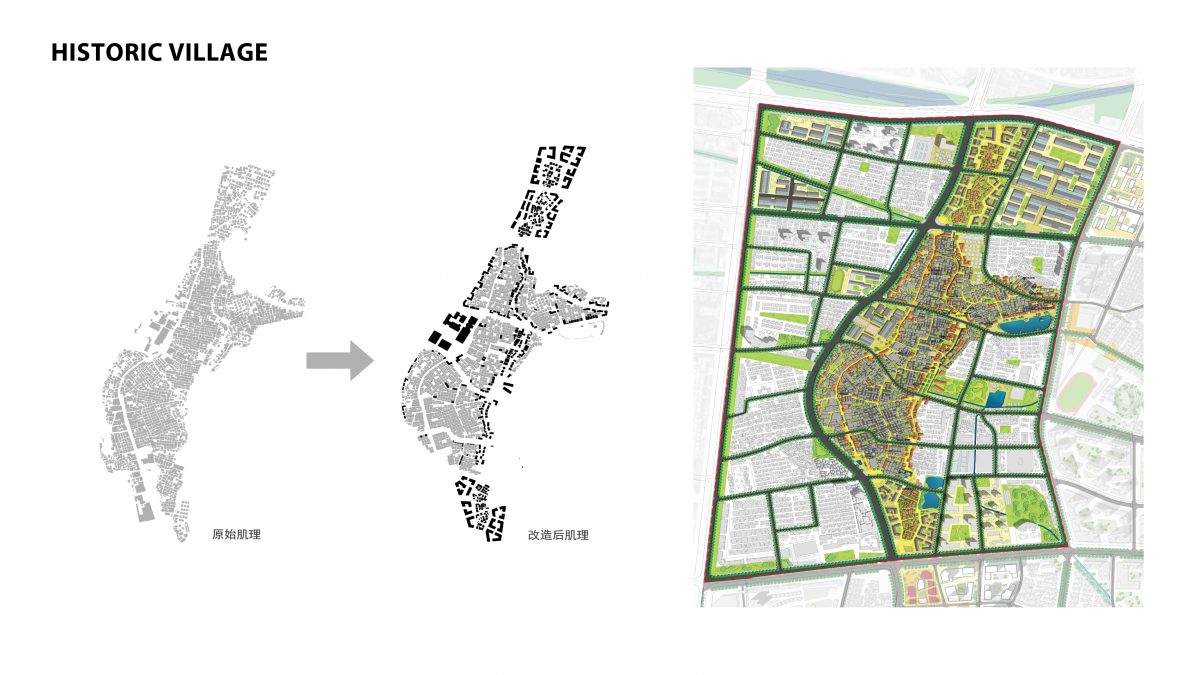

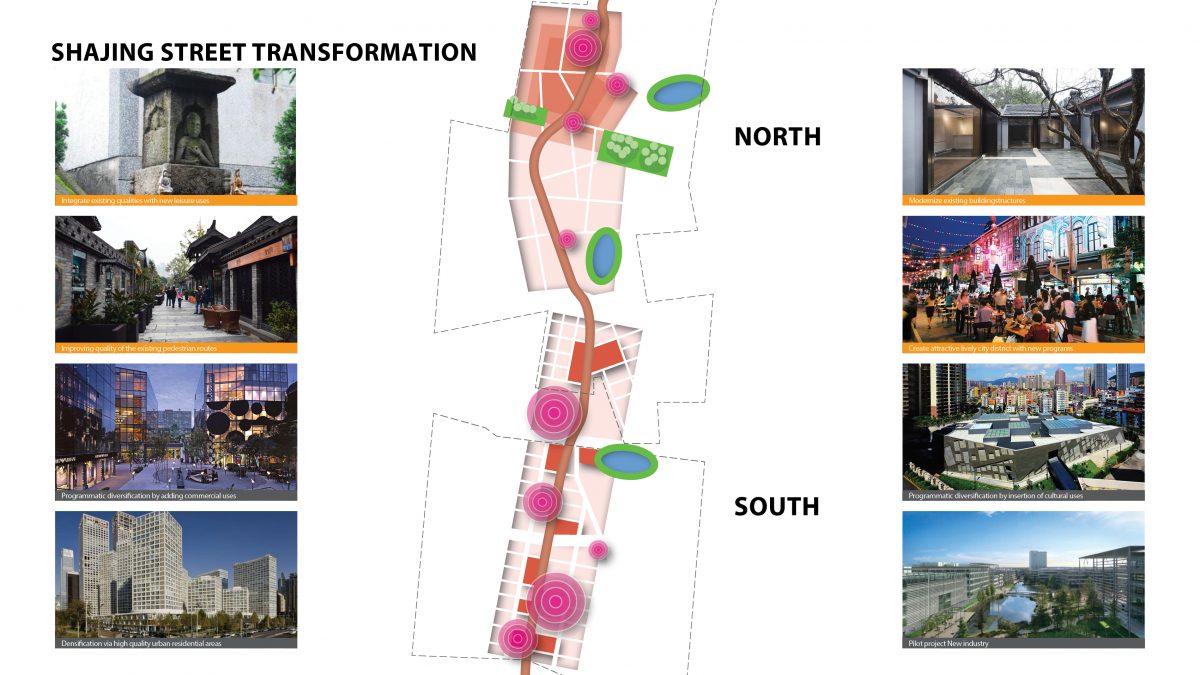
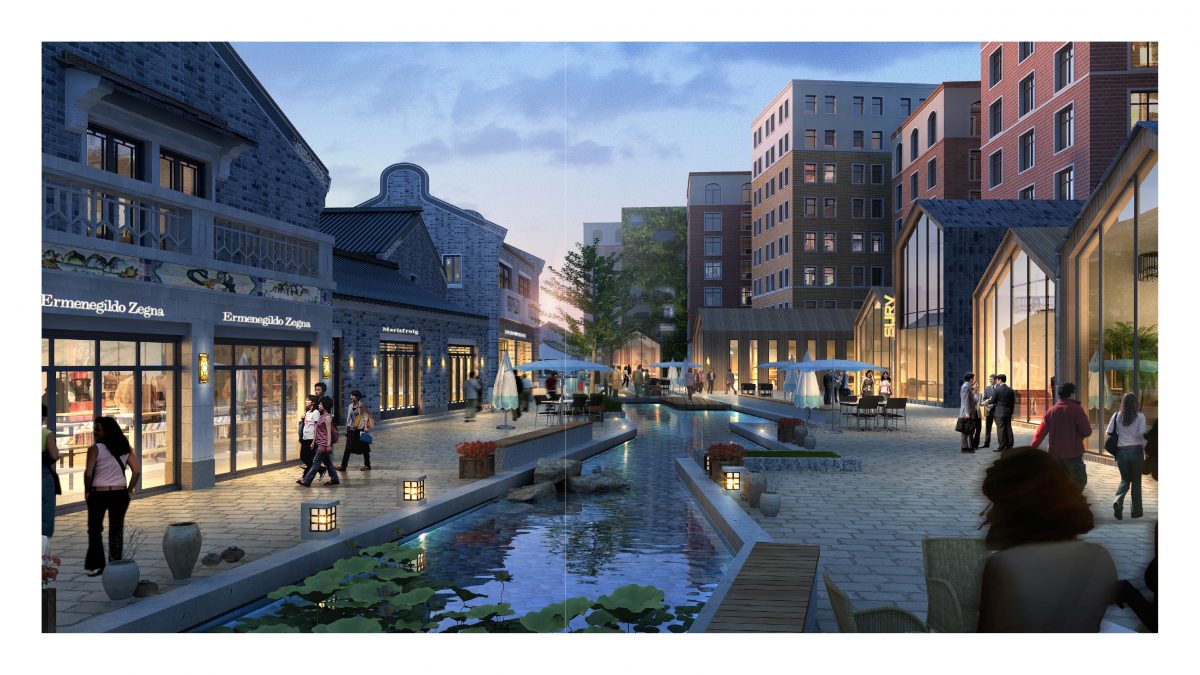
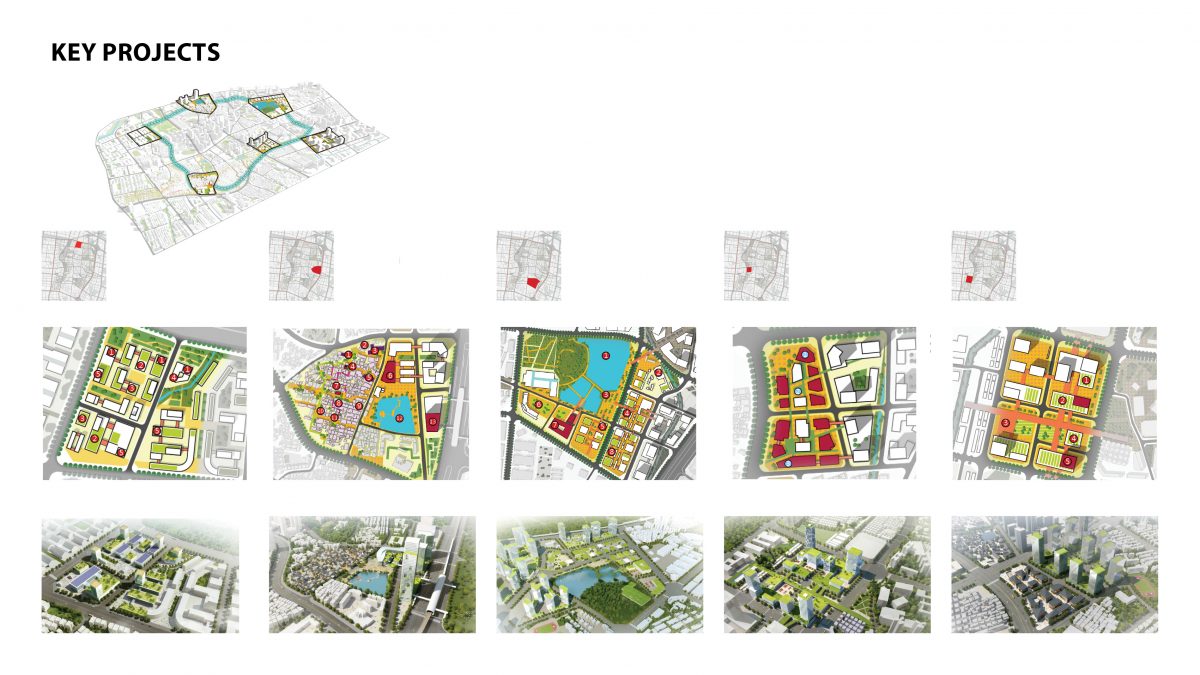
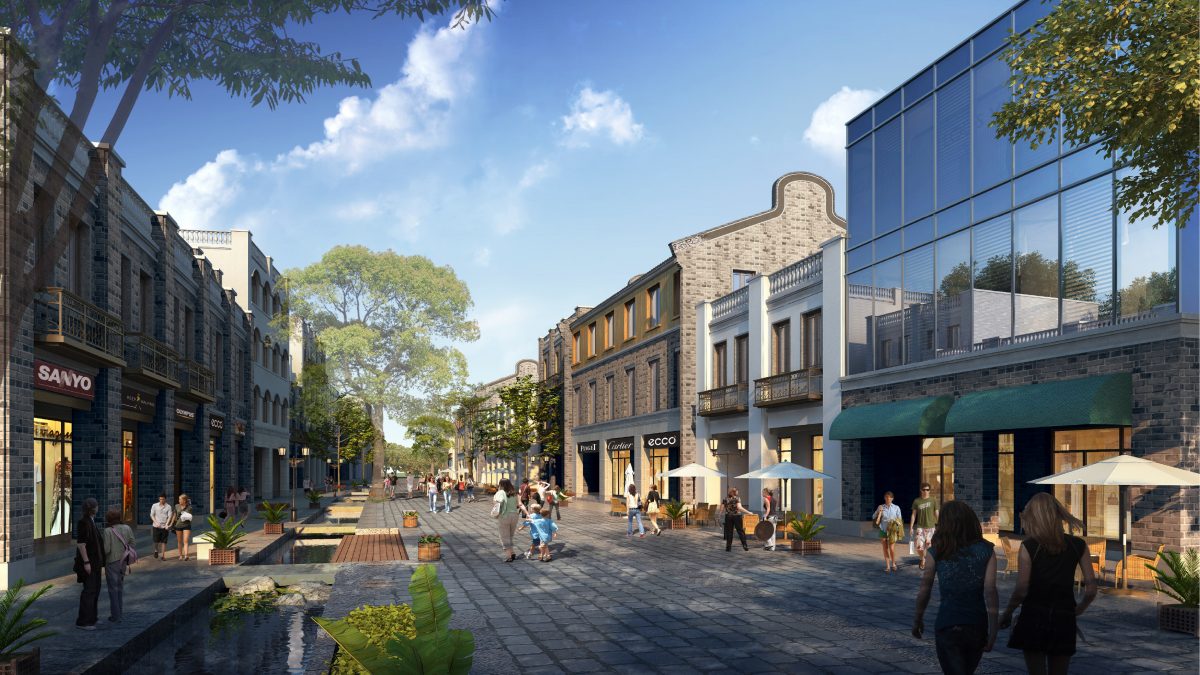
- Size
- 200Ha
- Program
- Mix-use, infrastructure, public space
- Client
- Shenzhen City Government, Bao'an district
- Collaboration
- Layout Shenzhen, Southern Design Institute Guangzhou
- Remarks
- Invited competition - 2nd prize
Urban regeneration on a large scale is central to the project. How to preserve human and cultural values and underscore spatial qualities of the historic Shajing village? What are the village’s unique qualities? How to integrate them into a dynamic development agenda of this part of Shenzhen? How can this district fit into a number of emerging business centers that surround it. What chances a planned extension of the nearby international airport creates? What role can district’s rich food culture take in this regeneration?
Starting point of our approach was recognizing and enhancing key vital functions the district is known for. Development of the project was then pursued through synchronization of a variety of existing and proposed programs with infrastructure and public space. Eventually, widely known food culture is added through a vast offer of HORECA features, strengthening the identity of the district in a wider context further boosting its tourist appeal. Regeneration is implemented through identification of a sequence of specific urban morphologies in the project area and scenarios for their transformation. It the essence of every scenario is the intention to relate and harmonize physical transformation with programmatic diversification of the existing structures. Special attention is given to the transformation of the historical village with the Shajing street running through its middle. Transformation of the village is based on meticulous depiction and regeneration of the key routes that connect historical monuments and buildings in the area. Programmatic reinvention and enhancement of the public space along these routes set pace for the further transformation of the old village into a vital urban area of the Bao’an district.
